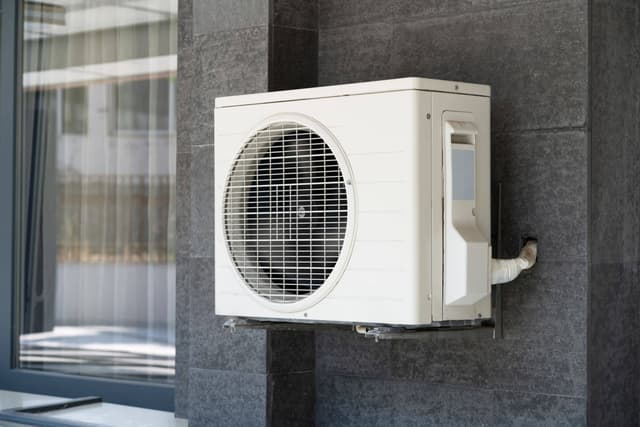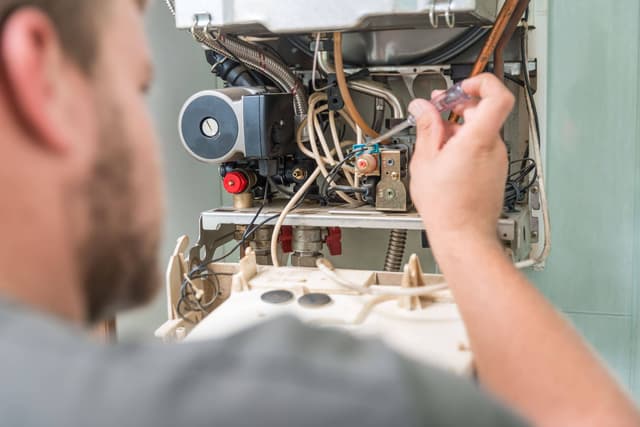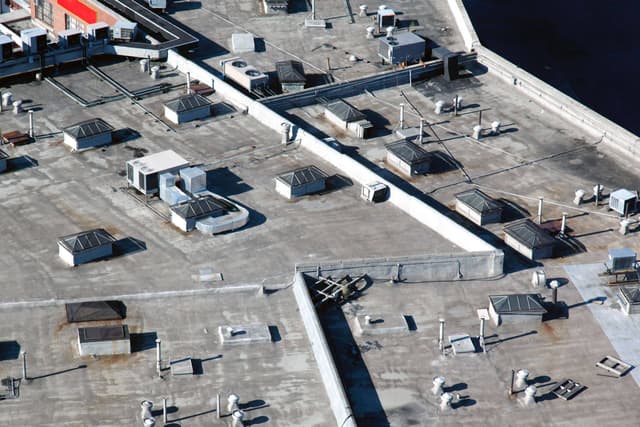Air Conditioning System Installations in Manhattan, NY & New York City
Air Repair has over 60 years of combined experience proudly installing commercial AC systems throughout the NYC Tri-State area. We are fully licensed, insured, and bonded to handle the most complex build-outs. No project is too large for our team of experienced technicians to handle. We have over 60 years of experience installing just all types of commercial Air Conditioning unit available. If you are looking for a commercial HVAC company call Air Repair today.
The most important thing when handling installation services is making sure that the system chosen is able to effectively regulate the indoor climates with ease. You want a system that can handle the size of the facility without overworking itself. In most cases you are installing a brand new system because you would like to replace a faulty or old one. While that’s the case it’s also very important to make sure the system is easily maintained. Easy preventative maintenance alone will save you valuable profits in the future.





















































































